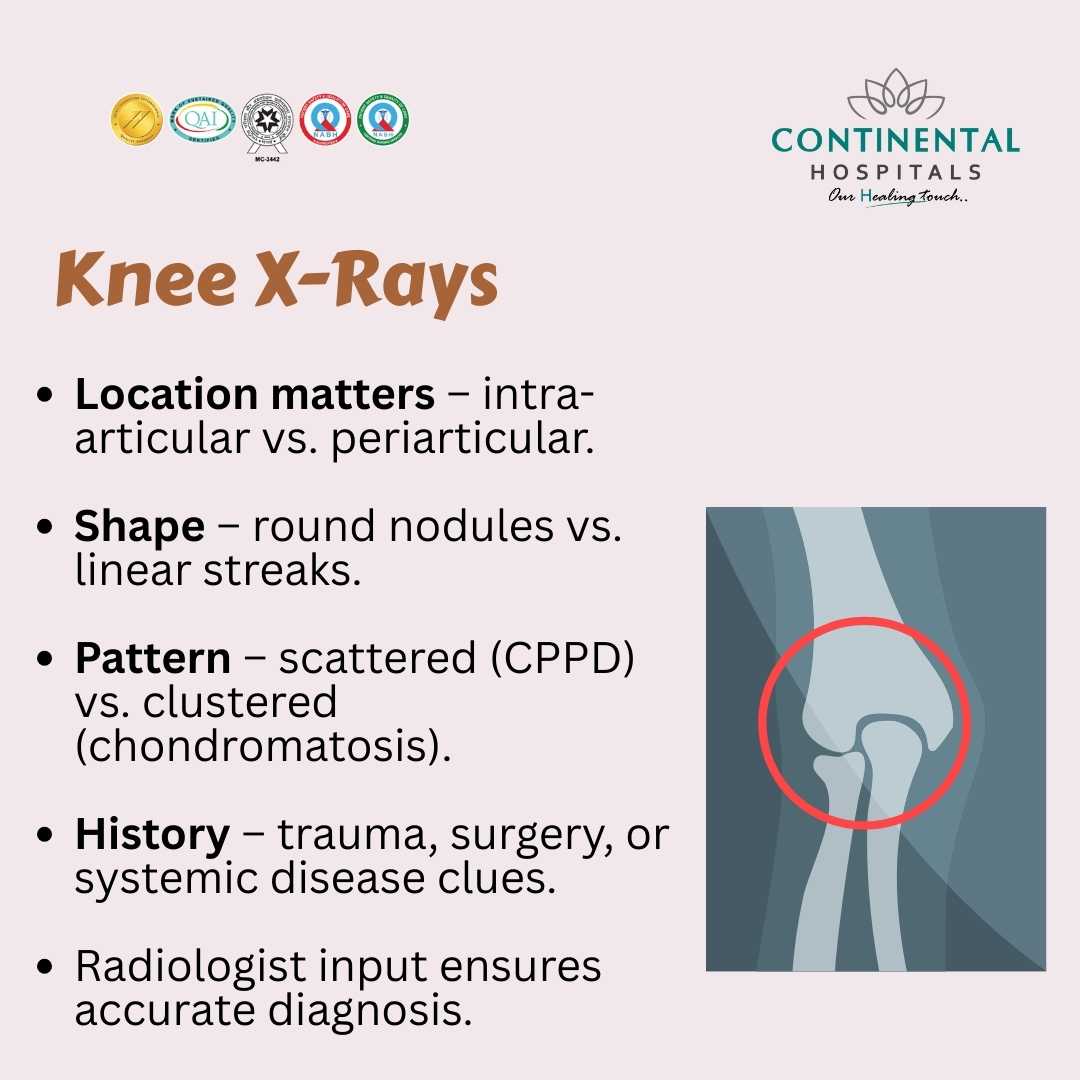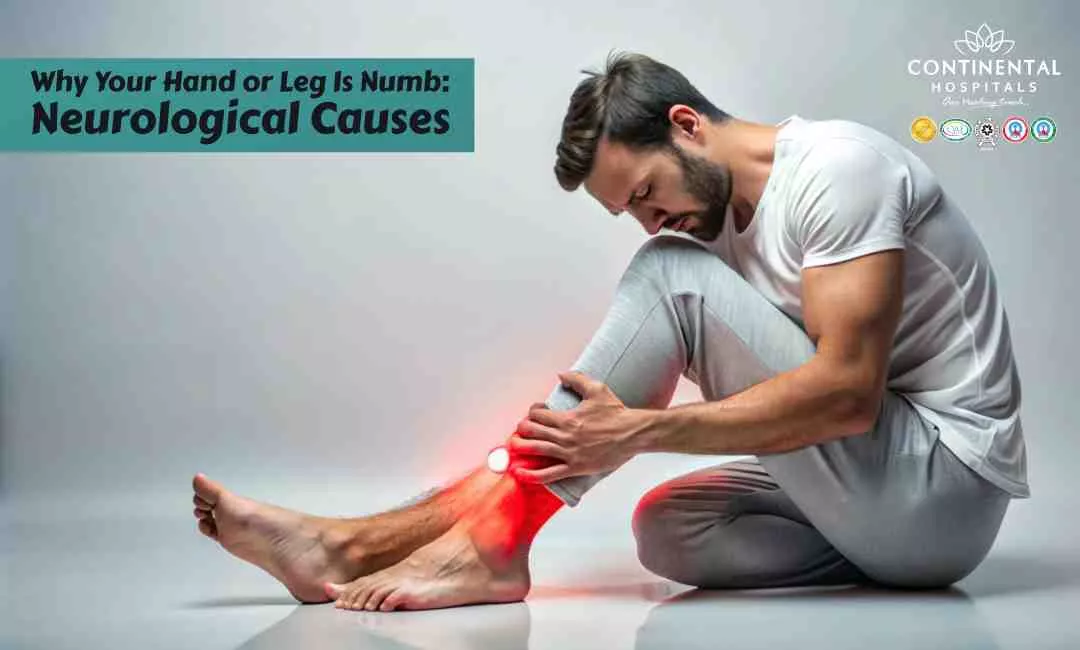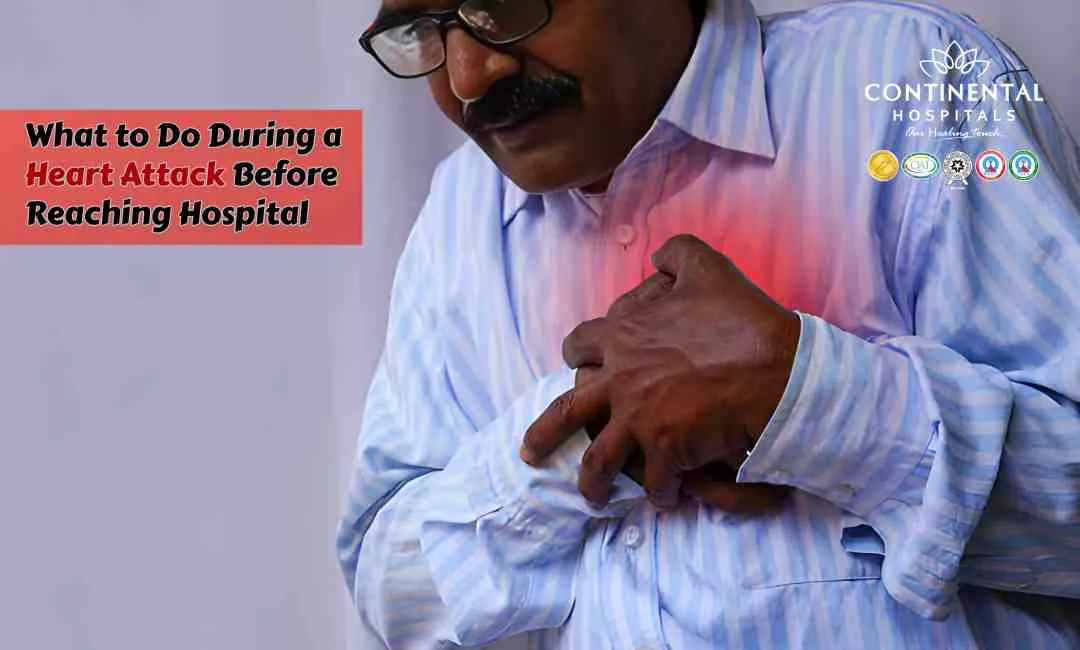Knee pain and stiffness are common complaints that bring many people to an orthopedist. Sometimes, the cause is clear, like an injury or arthritis. Other times, an X-ray reveals something unusual: white, cloudy spots in or around the joint. These are calcifications, which simply means calcium deposits in tissues that should not normally have them.
But here’s the tricky part: not all knee calcifications are the same. They can come from very different conditions, each with its own treatment approach. That is why learning how to differentiate knee calcifications on X-rays is so important for both doctors and patients. Let’s break it down in a simple way.
What are Knee Calcifications?
Calcifications are calcium buildups that appear as white, dense areas on an X-ray. Normally, calcium belongs in bones, but when it collects in soft tissues like cartilage, tendons, or joint lining, it can signal an underlying joint problem.
On X-rays, calcifications may look like:
🥗 Healthy Plate Challenge
🍽 Add Your Favorite Dish
Pick Your 6 favorite foods, eat, and see the results.Drag & drop foods onto your plate.
Drop Food Here
- Small spots or specks scattered around the joint
- Smooth, round nodules
- Thin, streaky or linear deposits
- Irregular, cloudy patches
Each appearance points toward a specific condition. That’s why radiologists and orthopedic doctors pay close attention to the pattern, size, and location.

Common Conditions Behind Knee Calcifications
1. Synovial Chondromatosis
This is a condition where the lining of the joint (synovium) produces small nodules of cartilage, which later calcify. On X-ray, these look like multiple smooth, round calcified bodies floating inside the joint. Patients usually have pain, swelling, and limited motion.
2. Calcium Pyrophosphate Deposition Disease (CPPD)
Also known as pseudogout, CPPD happens when crystals of calcium pyrophosphate build up in cartilage. On X-rays, these appear as thin, white lines inside the joint cartilage, especially in the meniscus or articular cartilage. It often mimics osteoarthritis but may flare up suddenly like gout.
3. Osteoarthritis with Calcifications
In long-standing osteoarthritis, calcium can sometimes deposit around damaged cartilage and bone spurs. The X-ray shows narrowed joint space, irregular bone surfaces, and scattered calcifications around the joint edges.
4. Gout
Although gout is primarily diagnosed by uric acid levels and symptoms, chronic gout may show calcified tophi on X-rays. These appear as irregular, lumpy calcifications around the soft tissues near the joint.
5. Tumoral Calcinosis
A rare condition, but when it occurs, it shows up as large, lobulated calcified masses around the knee joint. Unlike other causes, these deposits are usually outside the joint capsule.
6. Post-Traumatic or Post-Surgical Calcification
After an injury or surgery, calcium deposits can form in soft tissues like muscles and ligaments. These are called myositis ossificans. On X-rays, they appear as irregular, cloudy patches that may later mature into bone-like structures.
7. Retained Foreign Bodies (like acupuncture needles or fragments)
Sometimes, metallic fragments or foreign bodies show up as bright, linear densities. These can be mistaken for calcifications but have a distinct shape and density.
How Doctors Differentiate Knee Calcifications
When an X-ray shows calcifications, the doctor does not stop at just looking at them. Several factors are studied:
- Location: Are the calcifications inside cartilage, outside the joint, or within soft tissues?
- Shape and Pattern: Smooth and round? Thin and linear? Irregular and cloudy?
- Number: Single deposit or multiple scattered spots?
- Associated Findings: Is there joint space narrowing, swelling, or bone damage?
- Patient History: Has the patient had past injuries, surgeries, or crystal-related arthritis?
By combining these clues, doctors can narrow down the possible causes and decide whether additional tests like CT scan, MRI, or joint fluid analysis are needed.
Why Differentiation Matters
Not all calcifications need treatment, but some conditions demand quick action. For example:
- CPPD may require medicines to control pain and inflammation.
- Synovial chondromatosis often needs surgical removal of loose calcified bodies.
- Post-traumatic calcifications may settle with time but sometimes need intervention.
- Gout needs long-term management of uric acid levels.
If calcifications are mistaken for something harmless, the real disease may silently worsen. That is why accurate diagnosis through X-ray interpretation is critical.
Symptoms That May Point Toward Knee Calcifications
Not every patient with calcifications feels pain, but many experience:
- Swelling around the joint
- Stiffness or limited movement
- Sudden attacks of sharp knee pain
- Chronic aching and difficulty climbing stairs or walking
- Warmth or redness in case of inflammatory conditions
If you have any of these symptoms, it’s best to consult an orthopedic specialist rather than ignoring them.
Treatment Options for Knee Calcifications
Treatment depends on the cause. Some possible approaches include:
- Medication: Anti-inflammatory drugs for CPPD, gout, or arthritis-related pain
- Lifestyle changes: Weight management, physical therapy, and joint-friendly exercises
- Surgical options: Removing loose calcified nodules or correcting joint damage in severe cases
- Underlying disease control: Managing uric acid in gout or metabolic factors in tumoral calcinosis
The key is individualized treatment guided by proper diagnosis.
Why Choose Continental Hospitals for Knee Problems
When it comes to musculoskeletal issues like knee calcifications, you need expert care backed by advanced imaging and orthopedic knowledge. Continental Hospitals brings together:
- State-of-the-art radiology with digital X-rays, CT, and MRI for accurate diagnosis
- Experienced orthopedic surgeons who specialize in joint disorders and complex knee conditions
- Multidisciplinary approach where radiologists, rheumatologists, and physiotherapists work together for the best outcome
- Personalized treatment plans that address the root cause, not just the symptoms
- Focus on recovery and mobility through advanced physiotherapy and rehabilitation services
Choosing Continental Hospitals means you get clarity, confidence, and care you can trust.
When Should You See a Doctor?
If you notice persistent knee pain, swelling, or stiffness, or if you have already been told your X-ray shows calcifications, it is wise to consult an orthopedic doctor. Early diagnosis helps prevent complications and ensures the right treatment.
Conclusion
Knee calcifications on X-rays may look similar at first glance, but each type tells a different story about what is happening inside your joint. From cartilage changes in CPPD to nodules in synovial chondromatosis, careful evaluation is the key to proper treatment.
If you suffer from knee pain, stiffness, or unexplained X-ray findings, consult our best orthopedic specialists at Continental Hospitals. With expert diagnosis and comprehensive care, you can get back to moving freely without unnecessary worry.
.webp)














